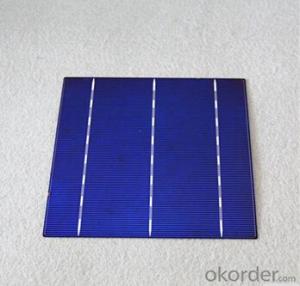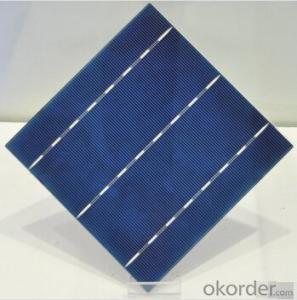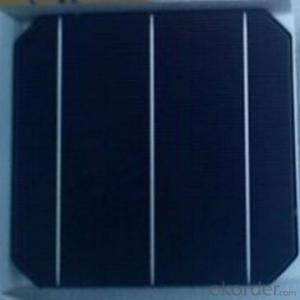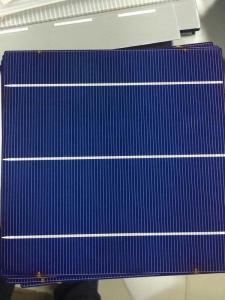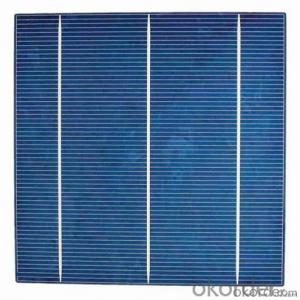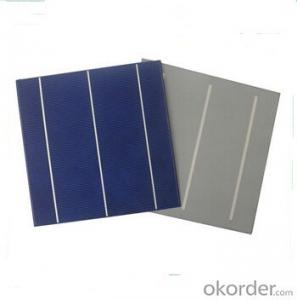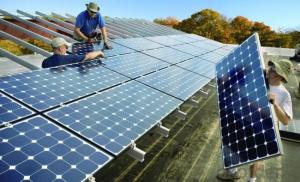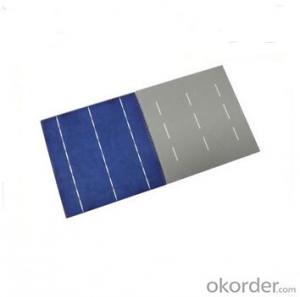Creating Solar Cells
Creating Solar Cells Related Searches
Except For Solar Cells Weegy Problems With Solar Cells High Power Solar Cells Light Trapping In Solar Cells High Performance Solar Cells High Output Solar Cells High Wattage Solar Cells Energy Transfer In Solar Cells High Efficiency Hvac Systems Recombination In Solar CellsHot Searches
Cheap Solar Cells For Sale Flexible Solar Cells For Sale Q Cells Solar Panels For Sale Printed Solar Cells For Sale Bulk Solar Cells For Sale 6x6 Solar Cells For Sale Broken Solar Cells For Sale Cpv Solar Cells For Sale Photoelectric Cells For Sale Price Of Silicon Solar Cells Price Of Solar Cells Over Time Buy Solar Cells From China Cheap Solar Cells China Best Type Of Solar Cells Flexible Solar Cells Price Q Cells Solar Panels Price 3 Types Of Solar Cells Production Of Solar Cells Common Types Of Solar Cells Q Cells Solar Panel PricesCreating Solar Cells Supplier & Manufacturer from China
Okorder.com is a professional Creating Solar Cells supplier & manufacturer, offers integrated one-stop services including real-time quoting and online cargo tracking. We are funded by CNBM Group, a Fortune 500 enterprise and the largest Creating Solar Cells firm in China.Hot Products
FAQ
- Solar cells are affected by temperature in that higher temperatures can decrease their efficiency and power output.
- Is solar cell technology very developed and v applied to life a lot?
- Ever since scientists discovered the solar cell, it has been very much a part of our life.
- How's the feedback of using 260 watt photovoltaic solar panel? Anybody ever used that?
- the 260 watt photovoltaic solar panel is widely used in the solar cell power supply plant, and my personal feedback is very positive.
- Thin-film solar cells are a type of solar cell that utilize thin layers of semiconducting materials to convert sunlight into electricity. These cells are made by depositing thin films of photovoltaic materials onto a substrate, which allows for more flexible and lightweight solar panels compared to traditional silicon-based ones.
- Disconnect switches in solar cell systems play a crucial role in ensuring the safety and efficient operation of the system. They act as a means of isolating the solar panels from the rest of the system, allowing for maintenance and repairs without the risk of electric shock or damage. Disconnect switches also serve as a protective measure in case of emergencies, enabling rapid shutdown of the entire system to prevent further damage or hazards.
- Solar cells can still perform well in regions with high levels of humidity and rainfall. While excessive moisture can temporarily reduce their efficiency, modern solar cell designs are built to withstand such conditions. Additionally, rainwater can actually help to clean the surface of the solar panels, improving their performance in the long run.
- Is A grade better than the B grade when we buy the poly solar cells.
- We did a test based on 10 poly solar cells we bought in the market, and it turns our 5 of the poly solar cells claimed to be A grade product is just the same as the B grade.
- Yes, solar cells can be used to power remote weather stations. Solar cells convert sunlight directly into electricity, making them an ideal and sustainable power source for remote locations where access to the electrical grid may be limited or non-existent. The solar panels can be installed on the weather station's roof or nearby, providing a constant supply of renewable energy to run the station's sensors, data loggers, and communication systems.




















